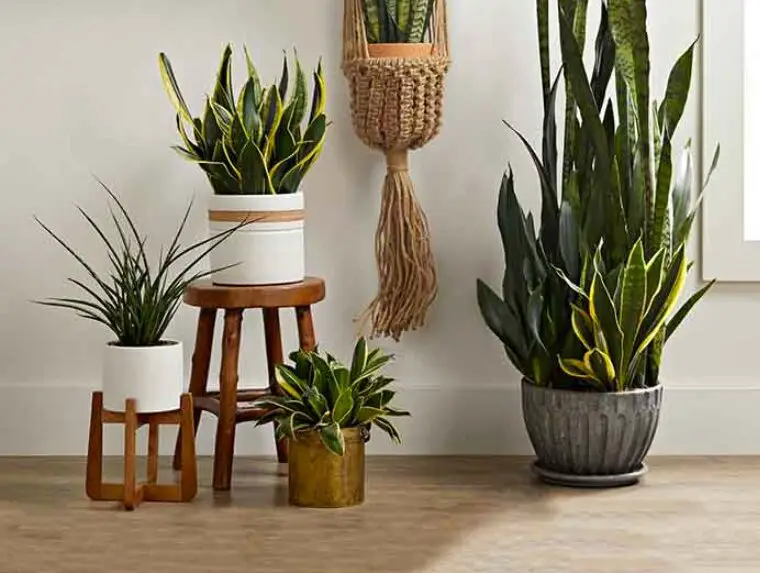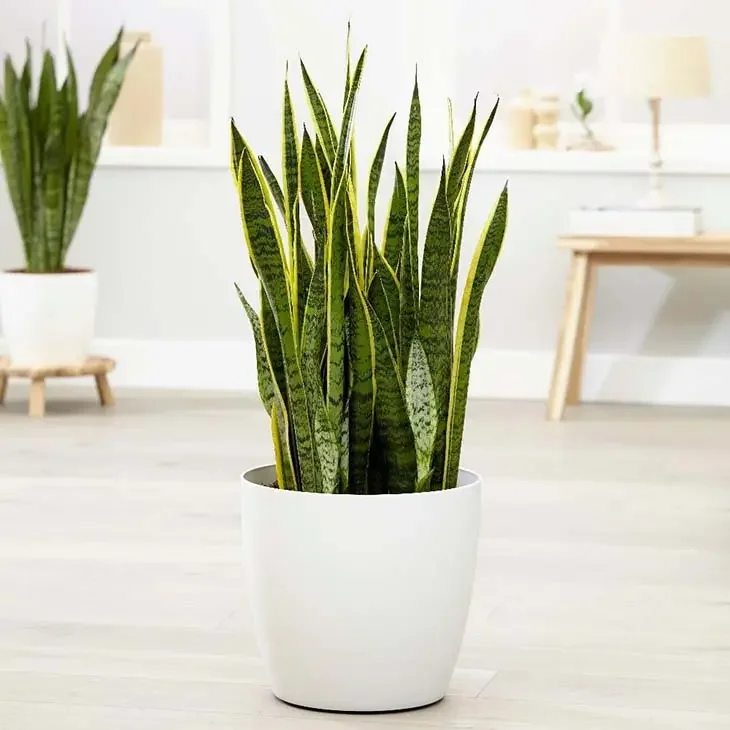
If you have decided to grow Mother-in-Law’s Tongue, it is important to know how to care for this houseplant to encourage flowering. It is not necessary to have a green thumb to witness its lush growth, as these tips will help you achieve abundant vegetation.

Mother-in-law’s Tongue is a perennial plant that can decorate your interior with minimal maintenance. If you want to see small flowers on these green plants, even without being a gardening professional, you will have to take certain precautions to witness the beautiful white petals.
When Can These Houseplants Bloom?
Sansevieria, a plant that is usually watered once a week, can develop white flowers if properly maintained. The flowering period usually occurs once a year in spring or summer. However, watering should only be done when the soil is dry. It is worth noting that if you have the Sansevieria trifasciata Hahnii variety, flowering is not possible.
How to Make This Perennial Plant Bloom?
If you have invited this houseplant into your home, it is possible to encourage it to bloom. However, this requires following specific maintenance tips that will allow you to witness the growth of beautiful night flowers.
To achieve this, it is important to expose this dark green foliage plant to sunlight so that the roots can expand. It is recommended to keep the plant outdoors or near a window that receives direct sunlight. Potted plants like these require less watering to flourish. To facilitate this phenomenon, it is advisable to have a mature plant, which you can obtain from a florist. Mother-in-law’s Tongue should benefit from 3 to 4 hours of direct sunlight per day. To witness the flowering of these perennial plants, it is important to keep them away from cold and heat sources such as radiators.

What to Expect When Mother-in-Law’s Tongue Blooms?
When these flowering plants grow, you will likely see small petals similar to those of lilies or honeysuckle. The size of the flowers depends on the variety adopted and it is recommended to consult a specialist who can provide information on the appearance of the flowers. They can be white and purple, while some are bright red. Their peculiarity lies in the fact that they do not have stems and grow directly on the plant.
